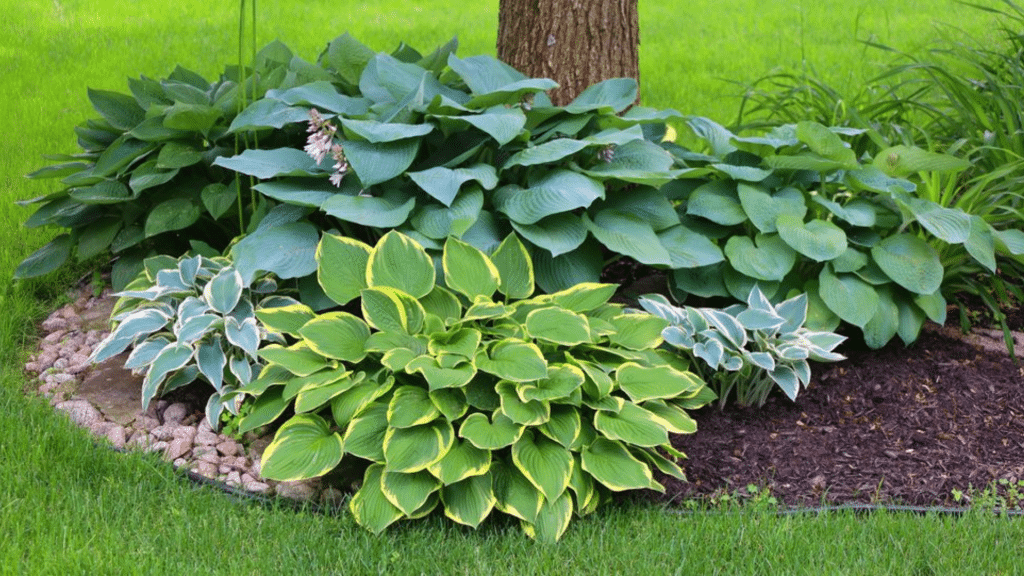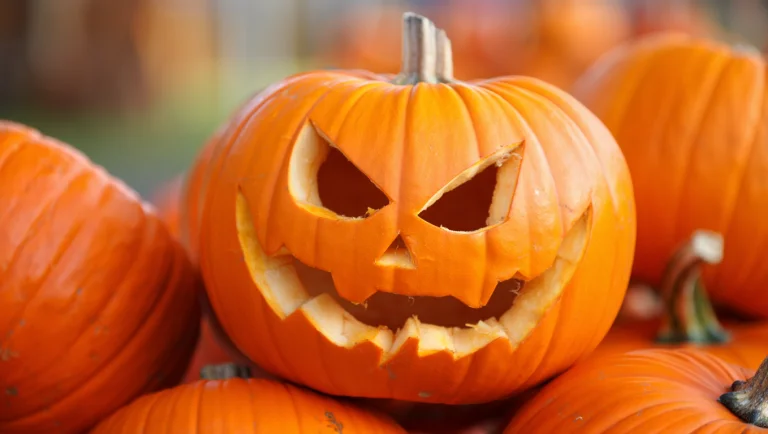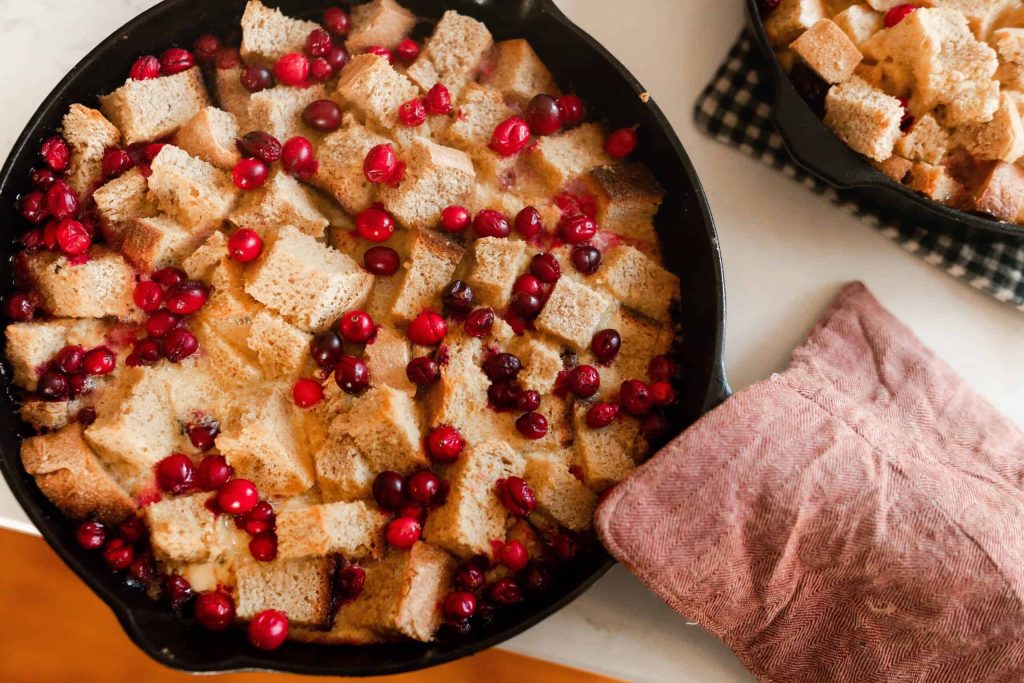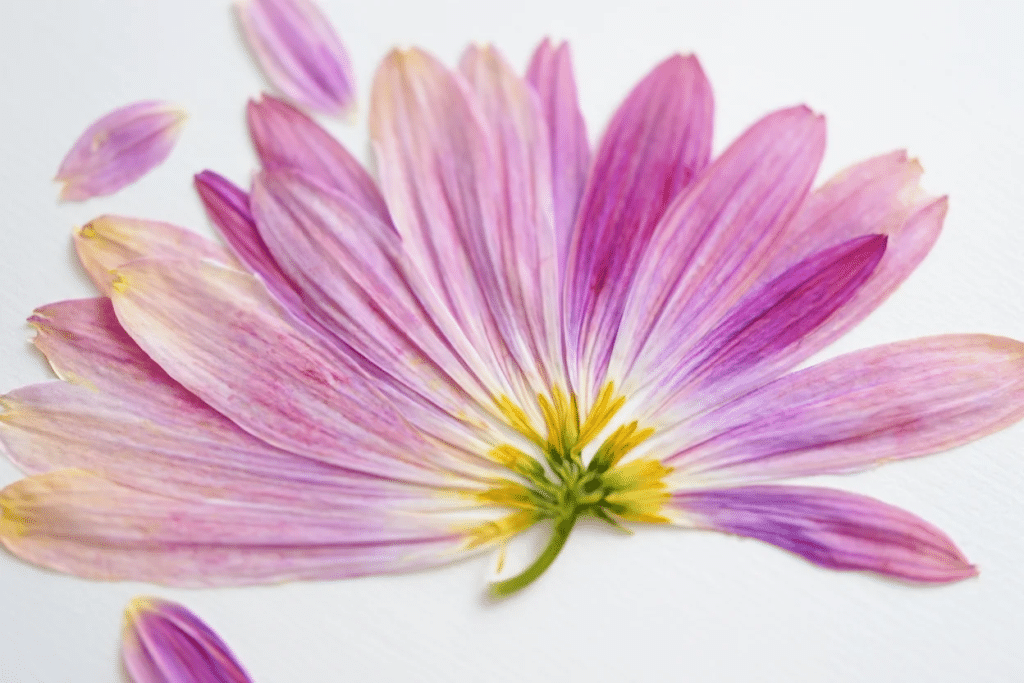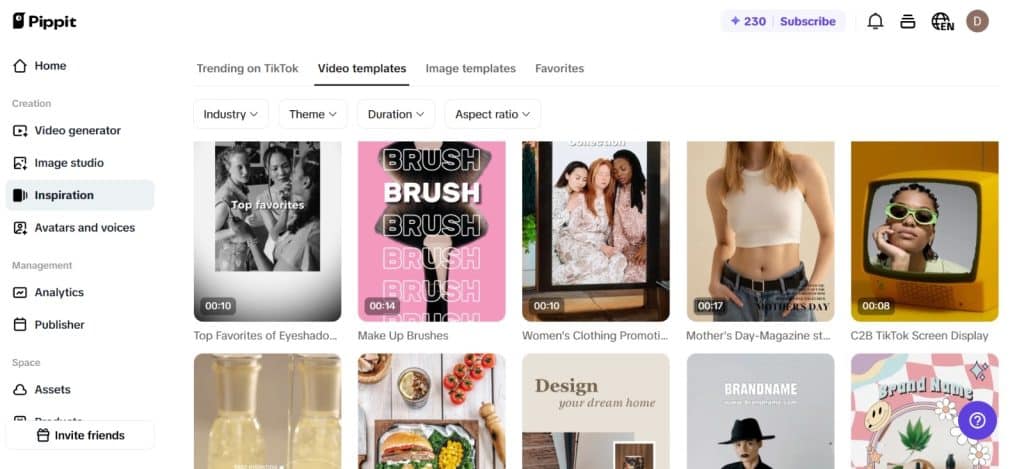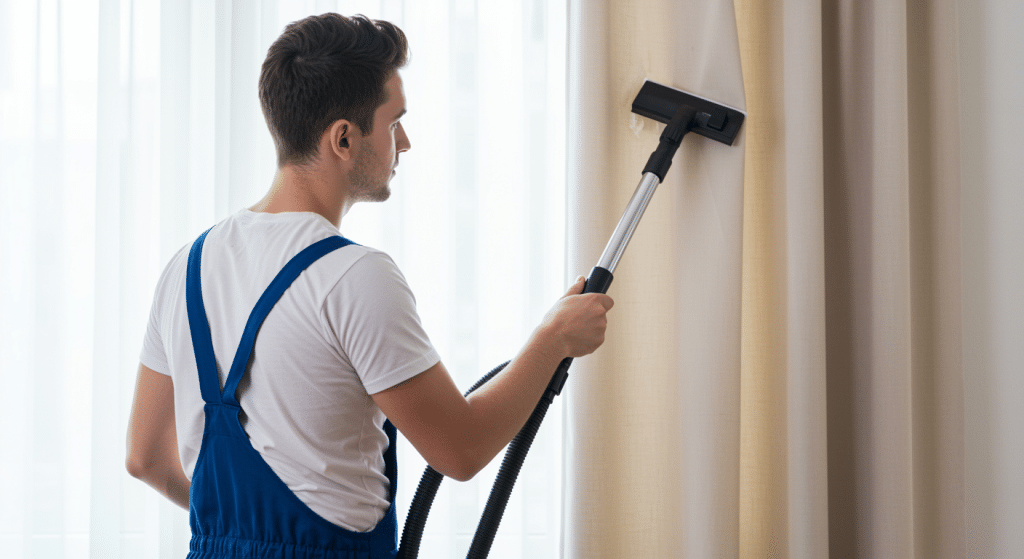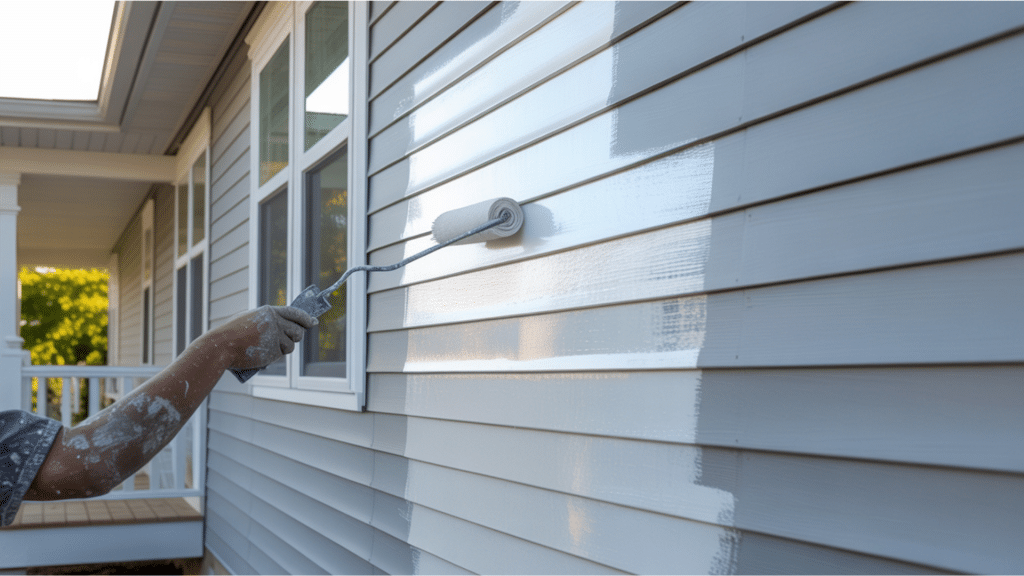Anyone who’s ever grown hostas knows how rewarding those lush, leafy beauties can be.
But let’s be honest-getting them to thrive isn’t always as simple as sticking them in the ground and hoping for the best. That’s where the right fertilizer comes in.
In this blog, we will learn the best fertilizer for hostas, what works for hostas, what to steer clear of, and a few tips that even seasoned gardeners might not know.
Understanding Hostas’ Nutritional Needs
Hostas are versatile and low-maintenance plants that thrive in shaded areas, often admired for their lush, broad leaves.
While they are relatively easy to grow, understanding their nutritional needs can ensure they flourish in your garden.
These plants benefit from specific nutrients that support their growth, leaf development, and overall health. Before learning about fertilizer for hostas, let’s take a look at the key aspects of hostas nutrition to help them thrive.
| Nutrient | Role in Growth | Source of Nutrient | Recommended Levels |
|---|---|---|---|
| Nitrogen (N) | Promotes lush green foliage and leaf development | Organic compost, balanced fertilizers | Moderate to high |
| Phosphorus (P) | Supports strong root development and flower production | Bone meal, rock phosphate | Moderate |
| Potassium (K) | Enhances disease resistance and overall health | Compost, potassium-rich fertilizers | Moderate |
| Calcium (Ca) | Strengthens cell walls and improves disease resistance | Lime, gypsum | Moderate |
| Magnesium (Mg) | Essential for chlorophyll production and photosynthesis | Epsom salts, magnesium-rich fertilizers | Low to moderate |
Best Fertilizer Types for Hostas
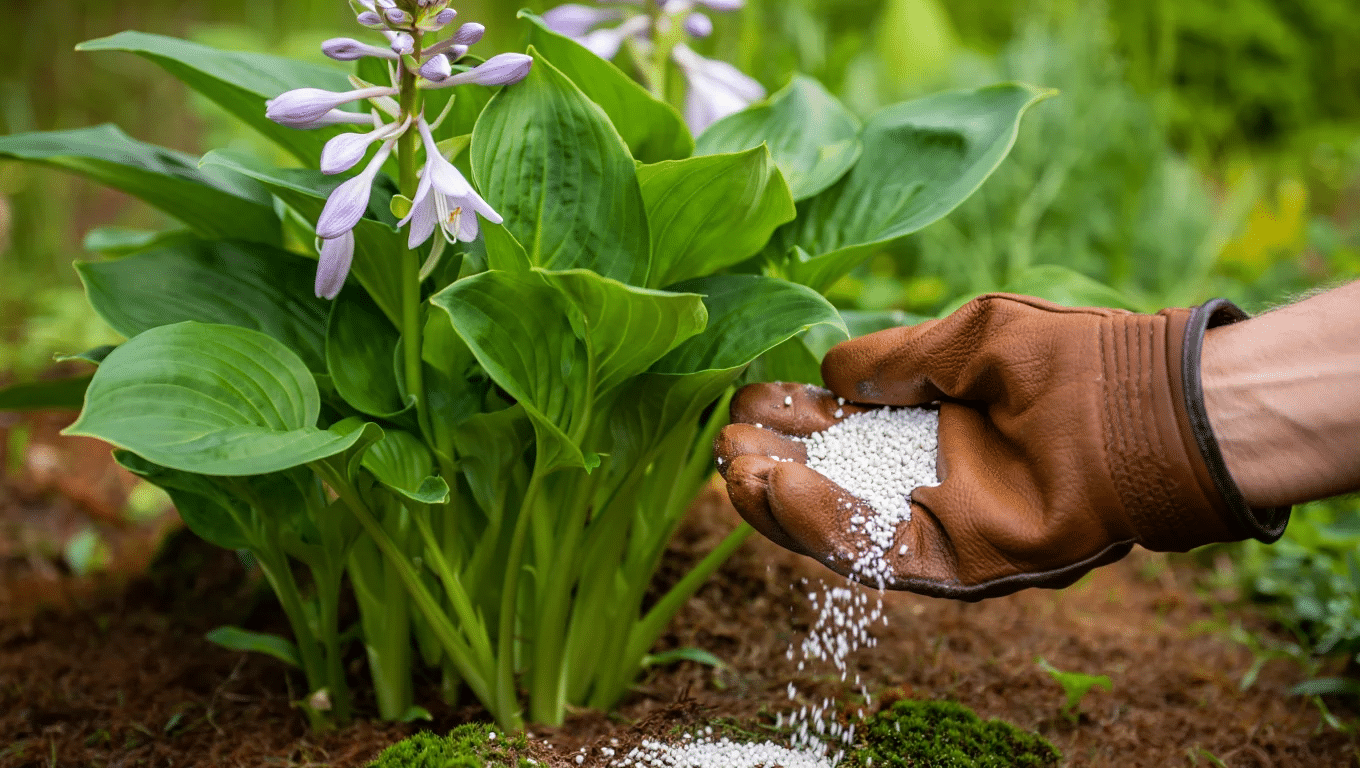
Hostas are easygoing, but they’ll show off when you feed them right. There are plenty of fertilizer options out there, and each has its perks and pitfalls.
Picking the right type can mean the difference between so-so leaves and a garden full of lush, colorful hostas. Here’s a rundown of the seven best fertilizers for hostas that I personally prefer.
1. Slow-Release Granular Fertilizer
Slow-release granular fertilizers, especially with a balanced NPK ratio like 10-10-10, are a top pick for hostas. They provide steady nutrients over several months, supporting healthy leaf and root growth.
Apply them in early spring as new shoots emerge, and you’re set for the season. Just follow label directions to avoid overfeeding and potential leaf burn.
2. Organic Compost
Compost is a natural, slow-release fertilizer that improves soil structure and adds essential nutrients. It’s gentle, boosts soil health, and can be applied any time during the growing season.
Compost also helps retain moisture and encourages beneficial soil microbes, making it a great all-around choice for hostas, especially in poor or depleted soils.
3. Liquid Fertilizer
Liquid fertilizers, either synthetic or organic, are perfect for giving hostas a quick nutrient boost. They’re absorbed rapidly through roots and leaves, making them ideal for mid-season feeding.
Use a balanced formula like 10-10-10 or 5-5-5 every couple of weeks during active growth. Just be careful not to overdo it, as too much can scorch the foliage.
4. Fish Emulsion
Fish emulsion is an organic, mild fertilizer high in nitrogen and trace elements. It’s especially useful for early spring feeding when hostas are waking up.
This liquid option is easy to apply and gentle on plants, promoting lush leaf growth without the risk of burning. Just be aware of its strong scent, which fades after watering.
5. Well-Rotted Manure
Well-rotted manure is another organic favorite for hostas. It adds slow-release nutrients and organic matter, improving soil fertility and structure.
Spread a thin layer around the base of your plants in early spring. Make sure the manure is fully composted to avoid burning roots and introducing weed seeds.
6. Time-Release Fertilizer Pellets
Time-release fertilizer pellets, like Osmocote or Nutricote, offer a hassle-free option for busy gardeners. These pellets gradually release nutrients over three to nine months, depending on the formula.
Apply once in spring, and your hostas will have a consistent food supply throughout the growing season, with minimal effort on your part.
7. Compost Tea
Compost tea is a liquid extract made by steeping compost in water. It delivers nutrients and beneficial microbes directly to hosta roots and leaves.
Use it as a foliar spray or soil drench, especially during periods of rapid growth or stress. It’s a gentle, organic way to keep hostas healthy and thriving all summer long
How and When to Fertilize the Hostas
Finding the best fertilizer for hostas is not enough, timing matters too.
- Fertilize hostas in early spring as soon as new growth appears, using a slow-release balanced fertilizer like 10-10-10.
- Continue feeding every 4 to 6 weeks during the active growing season, but stop by mid to late summer to avoid encouraging tender growth that could be damaged by frost.
Always apply fertilizer around the base, not directly on leaves, and water it in well. Hostas in rich, compost-amended soil may need less frequent feeding, but poor or struggling plants benefit from regular applications.
Remember: Avoid over-fertilizing, as too much can burn foliage or weaken the plant.
Fertilizers to Avoid for Hostas

Even though hostas are pretty forgiving, not every fertilizer is a good match for them. Some products can do more harm than good, leading to weak growth or even damaging those lovely leaves.
Here are fertilizers for hostas I steer clear of when caring for hostas.
1. High-Nitrogen Lawn Fertilizer
Lawn fertilizers are loaded with nitrogen, which can cause hostas to produce soft, floppy leaves that are prone to pests and disease. The excess nitrogen also encourages rapid, weak growth, making plants more susceptible to summer scorch and winter damage.
2. Fresh Manure
Fresh manure is too strong for hostas, containing high levels of ammonia and salts that can burn roots and foliage. It may also introduce weed seeds and pathogens into your garden. Always use well-rotted or composted manure instead.
3. Weed and Feed Products
Weed and feed fertilizers contain herbicides designed for lawns, but those chemicals can seriously harm or kill hostas. Even small amounts drifting onto hosta leaves can cause yellowing, browning, or stunted growth, so keep these products far from your shade garden.
4. High-Salt Synthetic Fertilizers
Some synthetic fertilizers have high salt content, which can build up in the soil and damage hosta roots. Salt stress leads to leaf burn, yellowing, and reduced growth. If you use synthetic products, choose low-salt formulas and apply sparingly.
5. Bone Meal (as Sole Fertilizer)
Bone meal is high in phosphorus but lacks nitrogen and potassium, so it doesn’t provide balanced nutrition for hostas. Relying on bone meal alone can result in poor leaf growth and pale, undernourished plants. Use it only as a supplement, not a main feed.
Common Fertilizing Mistakes to Avoid for Healthier Hostas
Fertilizing hostas isn’t rocket science, but a few common mistakes can trip up even experienced gardeners.
Here are a few pitfalls I avoid to keep hostas lush, healthy, and colorful all season long.
- Over-fertilizing, which can burn roots and leaves or cause weak, floppy growth
- Applying fertilizer directly onto leaves instead of around the base
- Using the wrong fertilizer type, like high-nitrogen lawn food or weed and feed
- Ignoring soil quality and pH, which affects nutrient uptake
- Fertilizing too late in the season, leading to tender growth vulnerable to frost
- Skipping watering after fertilizing can leave nutrients unavailable to the roots
- Neglecting to adjust feeding for mature or well-established hostas, which need less frequent fertilizing
The Bottom Line
I hope that this blog has helped you find fertilizer for hostas.
Growing hostas isn’t just about picking any fertilizer off the shelf- it’s about understanding what your plants truly need and making smart choices season after season.
By focusing on balanced nutrients, steering clear of common mistakes, and avoiding the fertilizers that can do more harm than good, gardeners can enjoy healthy, colorful hostas with minimal fuss.
Got a favorite tip or a question about feeding your hostas?
Drop it in the comments and join the conversation because every gardener’s experience helps the whole community grow.


